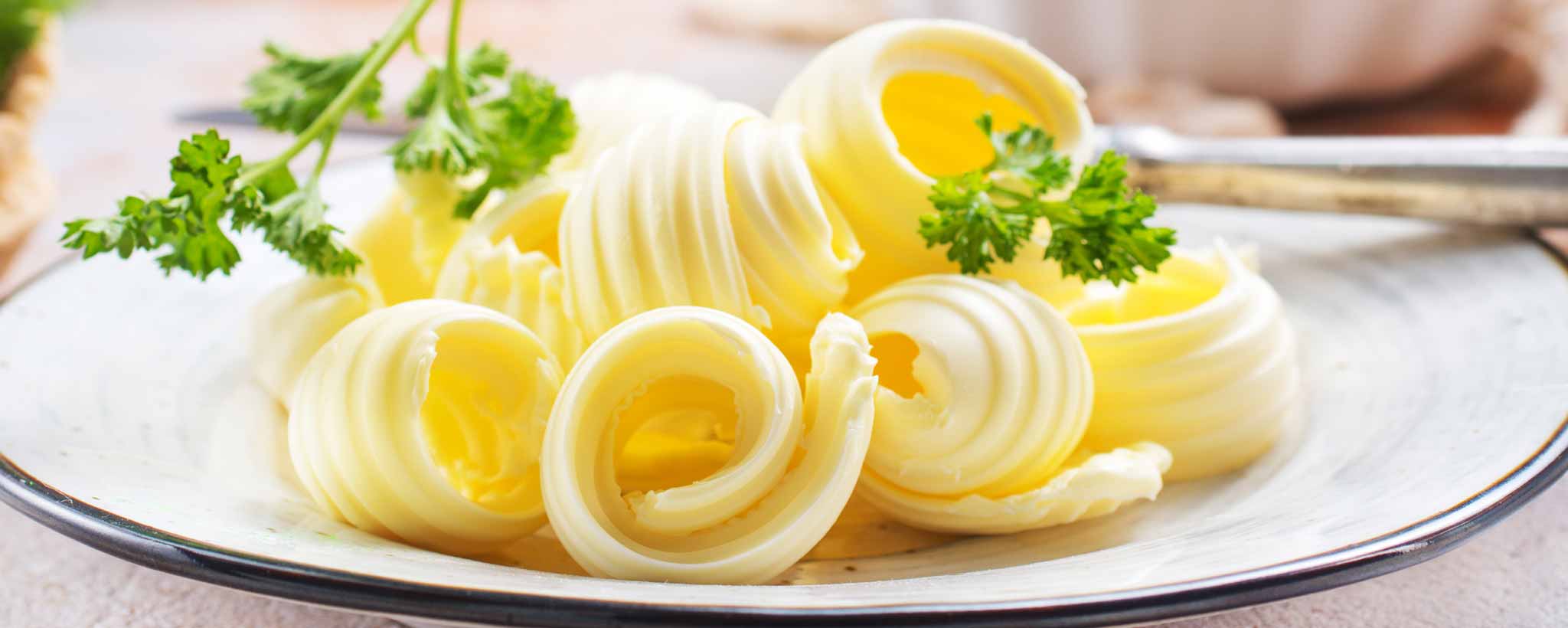The transition from omnivore to vegetarian generally boils down to how to satisfy the protein craving.
Everyone Needs Protein
Your body needs protein to survive. So when you crave it, your past eating habits associate protein with meat. The absence of protein can make you feel weak (as can vitamin B12 or D deficiency).
Munching through two celery stalks, a carrot, and a bag of potato chips doesn’t satisfy your hunger. It is because proper nutrition requires meat—I mean protein. You might assume that vegetarians feel an insatiable meat craving all the time.
Unless you are a vegetarian or vegan, as an omnivore, you equate protein with chicken, beef, and fish. You won’t consider satisfying your meat cravings with a handful of nuts, baked tofu, or, in the case of vegetarians (not vegans), eggs. But all of these foods have protein. And there are more non-meat sources.
Protein Sources

Meat is bland and unappetizing—hear me out—until you flavor it with spices and sauces. If you don’t believe me, boil a steak or a chicken breast in a pot with no seasoning. When it’s cooked, let it cool and take a bite. It pretty much tastes like moist cardboard—or leather. (Survivalist tip: Without dyes, leather is edible to eat after you’ve boiled it long enough to soften.)
An unfair comparison is to pit well-seasoned meat against unseasoned tofu. Tofu, a product of soybeans, is also bland. Tofu is high in protein and absorbs sauces and spices well. This makes it flavorful.
Textured vegetable protein (TVP) is a popular byproduct of tofu used in vegetarian products. It is also within many processed foods eaten by non-vegetarians.
Seitan from wheat gluten mimics the texture of cooked chicken breast. You can batter or marinate it for plant-based diets. Both TVP and seitan are processed foods that some vegetarians and vegans that are purists prefer not to consume.
Protein bars are essentially candy bars with protein powder. The protein can come from soy, nuts, milk whey, peas, or hemp. Each of them is vegetarian. Vegans avoid whey. Soy has the most protein among plants.
Frozen veggie burgers can resemble beef burgers lacking fat. Instead of sizzling and oozing juice, they often stick to the skillet. You can add some oil to the pan. This may prevent sticking and improve browning but inside, there is still no juice from fat.
Letting the patties simmer in a covered skillet with oil and water moistens them. But most people warm them in a microwave oven. Compensate for the lack of moisture with melted cheese, grilled onions, tomato slices, lettuce, guacamole, or sauces.
Impossible Foods is a company that simulates the texture, aroma, and juiciness of burgers with a pea plant-based patty. Many fast food restaurants are adopting it and you can buy Impossible Burger in supermarkets. Competing brands with similar textures that do not taste as much like meat are available. For non-frozen brands that lack juiciness, I recommend blending olive oil, sesame oil, or coconut oil into the patty before cooking.
The transition from omnivore to vegetarian generally boils down to how to satisfy the protein craving. Once you get over traditional concepts of protein, you can enjoy a wider variety of foods.
There are many more options today than there were 10 years ago. By stocking up on plant-based proteins, you can reduce hunger, preserve the environment, and feel healthier.






